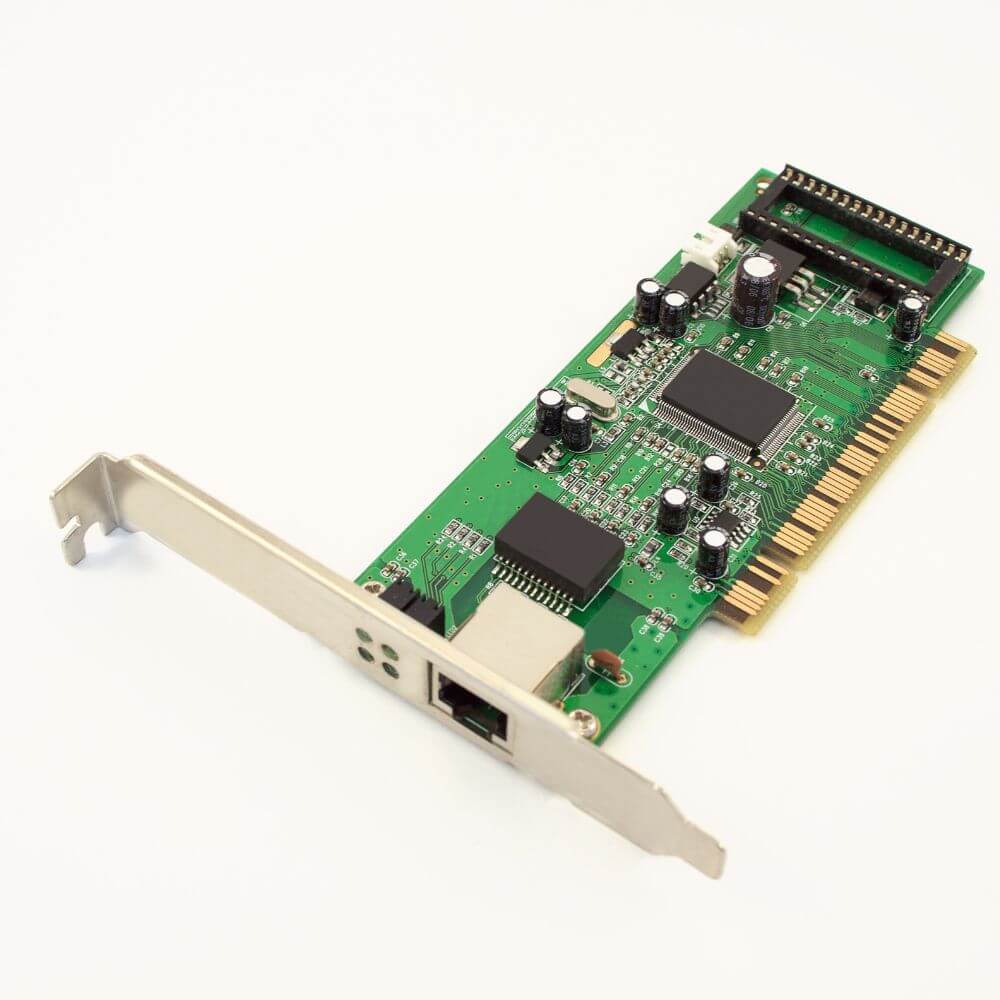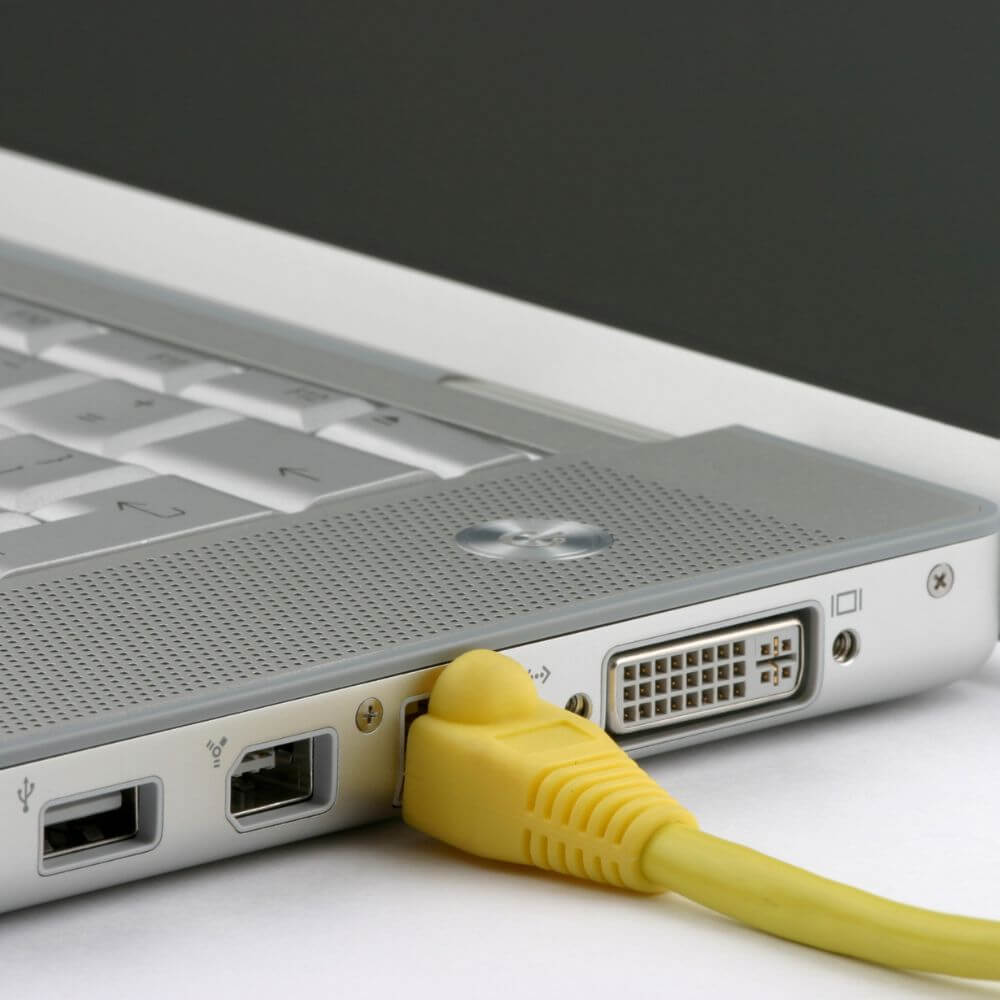Mobile computers have always had their seats high on the list of best gadgets. But laptops, needless to say, ride tall at the very peak because they just seem to give the best of both performance and portability. Notwithstanding, as even the best of all green lights had a red underlay, the one issue we’ve had with most laptops over the years is how hard it is to upgrade them.
The internal parts of many common laptops are soldered, and to get close to changing the processor of their motherboards, you will have to be one tech whiz with a set of steady hands. Hence, this has made several people wonder if desktops were better off after all. But then, the framework laptops came, all in the glory of their replaceable and, ultimately, upgradable parts.
Sure, the advent of framework laptops has filled our minds with possibilities and approval, but how easy can the use of the framework laptop get when they are without an Ethernet port? This article will cover all you need to know about framework laptop Ethernet. And further, engage you with tips on how to get going with your framework laptop connection even when it lacks an Ethernet port.
Does the Framework laptop have Ethernet?
No, the framework laptops have no Ethernet port for now. While there is a possibility of them adding one in the next-generation version, for now, their laptops lack one. And this has clearly been a sore point for many. But of course, there are other ways to get going with most network services even without an Ethernet, and many have taken on the different alternatives efficiently.
However, for others who can’t tolerate Ethernet dongles or any other thing than a real Ethernet port from an Ethernet card, for now, Framework laptops aren’t so high on their list. Of course, the upgradeable feature of these laptops has brought them quickly into the limelight, and the performance has been just as great. But that might not be enough points for many, based on what use they have for it.
Nonetheless, the Framework signature is a cool laptop brand. And while a few “tweakings” can be done to make it beat even the best laptops, we can all agree they’ve done quite an excellent job with the present one. The resolution is a sharp and brilliant one of 2,256 x 1,504, the hinge bendable to a full 180 degrees, and yes, there is the fingerprint sensor too. Really, even without the Ethernet port, which probably will be added soon, framework laptops are great enough laptops.
What Is Ethernet Card For Laptop?

Do you want your PC to have a smooth Ethernet connection? Then, you’ll need an Ethernet extension card in your motherboard. These cards are network interface adapters that allow for high-speed network connections in an Ethernet cable connection.
Generally, the edge Ethernet has over Wi-Fi is how strong its network can get, regardless of distance or most physical interferences. Once you have the Ethernet cable plugged into its proper port and have the right configurations, you are good to go for a cool, nice connection. Ethernet cables help connect devices within a LAN, which is often made easy in most connections made at home.
However, one edge we will say the Wi-Fi has is its capability to stretch over a whole lot of space. Even when you can try getting more space with Ethernet connections by using longer cables, not everyone likes to see wires flying around. Hence, Ethernet connections are better suited when you are not planning on doing a lot of moving around with your PC.
So, in simple terms, Ethernet cards are necessary adapters for a smooth connection when you are planning to use Ethernet cables. And they are found in most laptops. You can always check if yours have by checking for the typical rectangular jack on your laptop’s base, looking through the motherboard or checking it up on your operating system settings.
Why New Laptops Have No Ethernet Ports
Many new laptops have no Ethernet ports, and we are left with why? Well, this is because most laptops’ build keeps getting slimmer and sleeker, and the height of most ports is just way smaller than an Ethernet’s port size. To get Ethernet for most laptops like this, you will have to look into alternatives that don’t involve having an Ethernet port.
Yes, we love the sleeker and less bulky feel of most recent laptops, but is sacrificing a number of ports worth it? It all depends on what you consider important. If you will be doing a lot of connecting, then maybe not. Except, of course, you are planning on getting some multiport dongle adaptor to keep you going for the most part.
And if you don’t pretty much have a lot of connections going for you, then maybe you will just find your best within these new laptop sets. All your choice, just make sure you are on the lookout and making the right one.
How Can I Connect My Laptop To Ethernet Without Ports?
There are ways to go about your laptop connection to Ethernet, even when it lacks the primary port. Two common basic ways are a connection through Wi-Fi or the use of a USB to Ethernet adapter. So, how does one go about them?
For the Wi-Fi connection, that’s pretty straightforward for most people, as you just have to connect your framework laptop to a Wi-Fi router via a wireless connection. Wi-Fi connections are generally good if your connected device is close to your primary Wi-Fi source. And if you want to use a Wi-Fi extension to cover a greater distance, you should know you could get a relatively lower connection value. Also, you would need to find a suitable distance, as it’s pretty easy to get interferences with extensions if you are not connecting them through Ethernet cables.
Now, the second one, which seems to be a fairly okay alternative in place of Wi-Fi connections to many, is the use of an Ethernet dongle, i.e., the use of a USB to Ethernet adapter. All you have to do with this is to connect the dongle USB input side to a USB port on the framework laptop. Then you connect the other Ethernet adapter side to the internet via an Ethernet cable.
Dongles can be cool alternatives as they work quite okay, but not many are so impressed by them as they complain about how slow and annoying the connection can get. Most Ethernet dongles come at a relatively affordable price, and you will find a good one on Amazon.
Do I Need an Ethernet Card?
Yes, you need one for an Ethernet connection. So, if you are planning on even using a USB to Ethernet adapter, you need an Ethernet Card in your Framework motherboard. The network interface card is very basic to a good Ethernet connection. And you can only get a good one, or any connection for that matter, by allowing your input Ethernet cable to get linked to the NIC.
Ethernet cable connections have sure come a long way from the once 10Mbs speed they could offer, gradually moving to a 100Mbps and then the 1000Mbps (1 Gigabit) network speed many find joy in now. No doubt, Ethernet connections are one of the best ways to get going with your network and having a pre-built Ethernet port on your laptop could only make the deal sweeter. You can easily get a Basics RJ45 Cat-6 Ethernet Patch on Amazon.
Conclusion
Framework laptops make such great laptops indisputably, but we can all agree that an Ethernet port could only have made the offer more attractive. Of course, there is the news that they are working on making that reality, and like you, we look forward to that too.
We hope this guide has filled you in on all you need to know about the framework laptop Ethernet and run you through the various alternatives that could keep you going too. Feel free to go over this guide again for more clarification, and we wish you a happy reading time.
Cheers!

